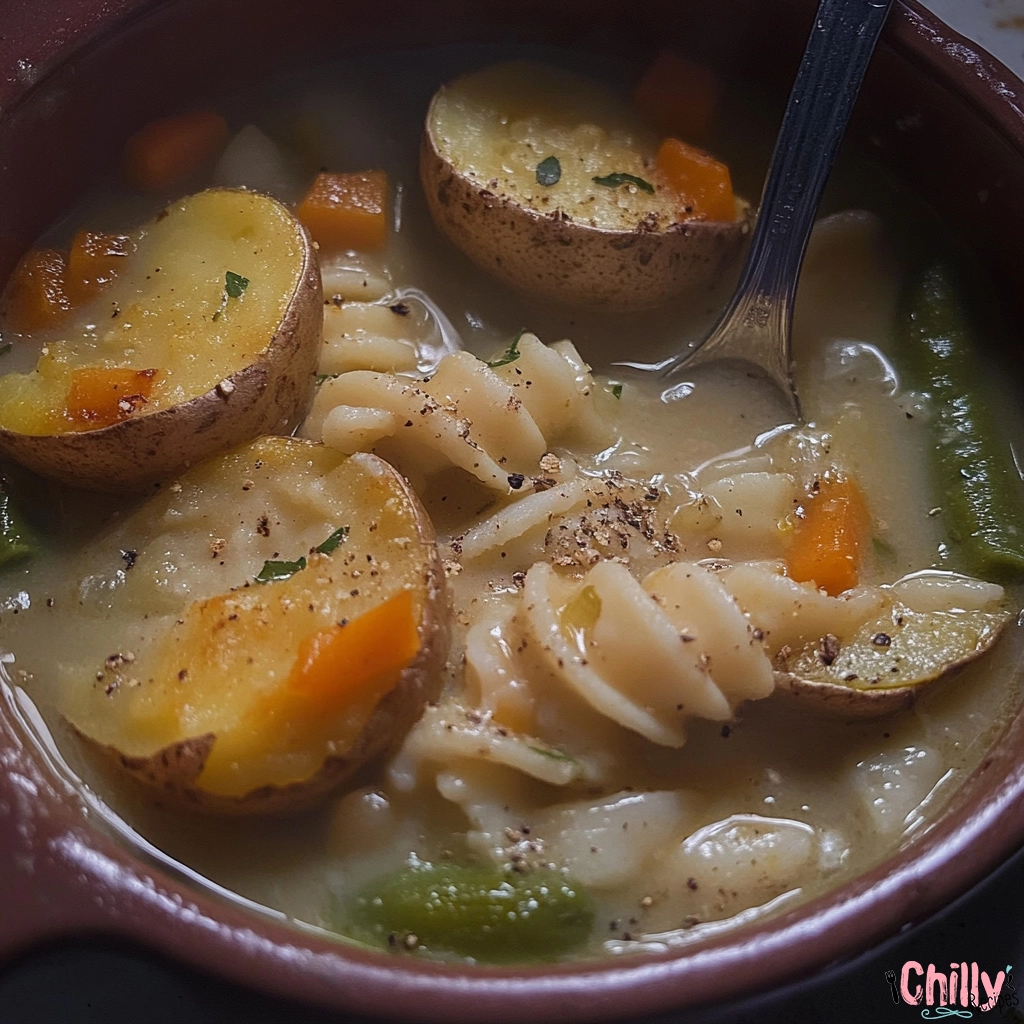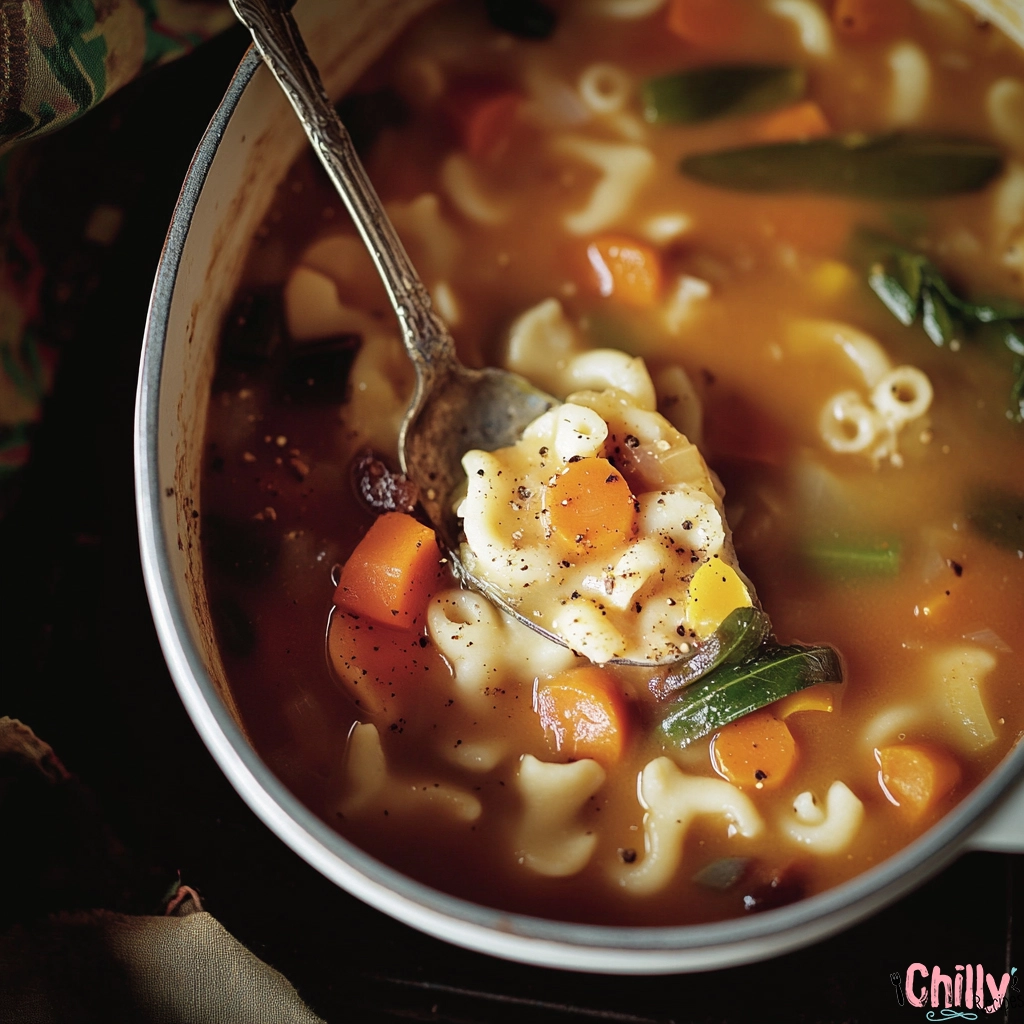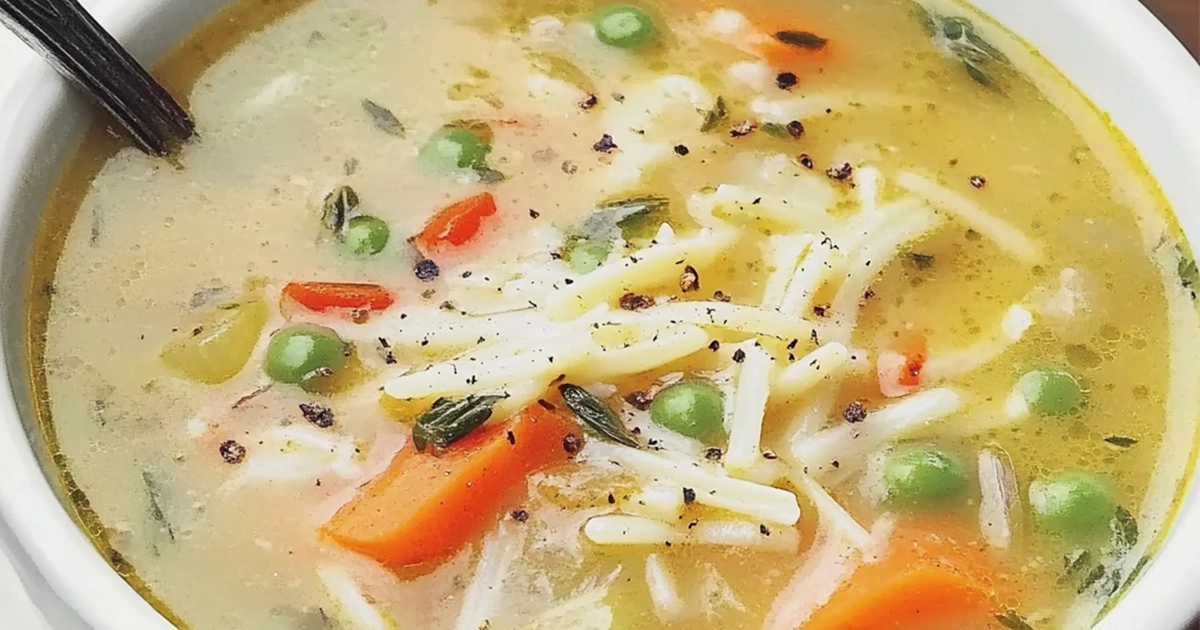Starting a gluten-free diet can make soup choices tricky. Many soups use wheat, which is not allowed. But, you don’t have to give up on the joy of a warm, tasty soup. With gluten-free ingredients and some tips, you can make many tasty soups.
This article will help you make easy, homemade gluten-free soups. You’ll learn about key ingredients and simple cooking methods. Soon, you’ll be making soups as good as those from restaurants, all in your own kitchen. Enjoy the health benefits and taste of gluten-free soup, tailored to your diet.

Key Takeaways
- Gluten-free soups offer a convenient and nutritious option for those following a gluten-free diet.
- With the right ingredients and techniques, you can easily create delicious homemade gluten-free soups.
- Exploring gluten-free soup recipes can expand your culinary repertoire and provide new, comforting meal options.
- Mastering the art of gluten-free soup making can be a rewarding and satisfying journey for beginners.
- Enjoying a bowl of nourishing, gluten-free soup can be a simple pleasure that supports your overall health and well-being.
Understanding Gluten-Free Ingredients for Soup Making
Making tasty gluten-free soups requires knowing the right ingredients. This guide will cover the essentials, from thickeners to broths. You’ll learn how to make soups that are not only delicious but also safe for those with dietary restrictions.
Common Gluten-Free Thickeners and Bases
Finding the right texture in gluten-free soups can be tricky. But, there are gluten-free thickeners like cornstarch and arrowroot powder that work well. They blend into the broth without adding gluten. Nut flours, like almond or coconut, are also great thickeners and add a nice flavor.
Safe Seasonings and Broths
Choosing safe broths and seasonings is key. Always check labels to avoid gluten-containing ingredients. Use homemade broths or buy certified gluten-free ones. For seasonings, use herbs, spices, and salt. Avoid pre-made mixes or sauces that might have hidden gluten.
Ingredients to Avoid
- Wheat flour, barley, and rye – These gluten-containing ingredients are common in many traditional soup recipes and should be replaced with gluten-free alternatives.
- Soy sauce and teriyaki sauce – These soup bases often contain wheat as a key ingredient.
- Breadcrumbs and croutons – These can easily contaminate a gluten-free soup, so it’s best to avoid them altogether.
| Ingredient | Gluten-Free? | Suitable for Soup |
|---|---|---|
| Cornstarch | Yes | Yes |
| Arrowroot powder | Yes | Yes |
| Nut flours | Yes | Yes |
| Wheat flour | No | No |
| Soy sauce | No | No |
Knowing the right gluten-free ingredients is key to making delicious and safe gluten-free soups. With this knowledge, you can create soups that everyone can enjoy.
Essential Kitchen Tools for Making Gluten Free Soup

To make tasty gluten-free soups, you need the right tools. A strong soup pot and a handy immersion blender are key. These tools help you make great gluten-free soups easily.
Large Soup Pot
Start with a good soup pot. Choose one that’s at least 4 quarts. This size lets you simmer without overflowing. A stainless steel pot is best because it heats evenly and cleans up well.
Immersion Blender
An immersion blender is a must for smooth soups. It blends right in the pot, saving you from messy blender transfers.
Slow Cooker
A slow cooker makes soup prep easy. Just add your ingredients and let it cook. It’s great for busy days or meal prep.
Food Processor
A food processor is optional but useful. It chops veggies, blends spices, and makes purees. These steps enhance your soup’s texture and taste.
With these tools, you’re ready to make delicious gluten-free soups. They’ll please your taste buds and meet your dietary needs.
Simple Tips for Perfect Gluten-Free Soup Every Time
Making gluten-free soups is a fun cooking journey. You’ll learn how to control temperatures and cook in batches. These tips will make your soups taste great and meet dietary needs.
Temperature Control Techniques
Getting the right temperature is key for perfect soup texture and taste. Keep the soup at a gentle simmer. This way, the ingredients mix well without getting overcooked.
Don’t let the soup boil too hard. Boiling too much can make it grainy or taste dull.
Storage and Reheating Guidelines
Storing and reheating your soup right is important. Cool the soup down, then put it in airtight containers. Store it in the fridge for up to 4 days.
When you’re ready to eat it, heat it up on the stovetop or in the microwave. Stir often to keep it warm and prevent burning.
Batch Cooking Strategies
Batch cooking saves time and makes gluten-free soups easy to grab. Cook big batches and divide them into smaller portions or freezer containers. This way, you always have soup ready for a quick meal or a sudden craving.
| Tip | Benefit |
|---|---|
| Maintain a gentle simmer during cooking | Ensures a smooth, well-blended texture |
| Store soup in airtight containers | Preserves freshness and prevents cross-contamination |
| Batch cook and freeze portions | Provides convenient, ready-to-reheat meals |
With these tips, you’ll make gluten-free soups that are tasty and satisfying every time. Enjoy the process of controlling temperatures, storing, and batch cooking. It will make your soup cooking even more enjoyable.
Quick and Easy Gluten-Free Soup Recipes
Looking for simple yet delicious gluten-free soup recipes? You’ve come to the right place! Our collection of quick and easy gluten-free soup ideas will have you whipping up comforting and nourishing meals in no time. From protein-rich lentil soups to creamy vegetable-based options, these recipes are perfect for busy weeknights or lazy weekends.
Start your gluten-free soup journey with this Hearty Chicken and Vegetable Soup. This one-pot wonder features tender chicken, fresh veggies, and a flavorful broth that’s naturally gluten-free. For a twist on a classic, try our Creamy Butternut Squash Soup – it’s dairy-free, yet still rich and satisfying.
If you’re in the mood for something more substantial, our Lentil and Sweet Potato Stew is a protein-packed option that will keep you fueled. And for a simple, veggie-packed soup, look no further than our Roasted Tomato and Basil Soup.
No matter which recipe you choose, you’re sure to enjoy a delicious, gluten-free soup that’s easy to prepare and perfect for quick meals. Dive into our collection of easy soup recipes, quick meals, vegetable soups, and protein-rich soups to find your new favorite.
Common Mistakes to Avoid When Making Gluten-Free Soups

Making gluten-free soups can be a fun and rewarding experience. But, it’s important to avoid common mistakes. These mistakes can ruin your dish. Let’s look at how to prevent gluten cross-contamination, read labels, and find the right substitutes.
Cross-Contamination Prevention
When making gluten-free soups, avoiding cross-contamination is key. Make sure to use separate surfaces, utensils, and pots for gluten-free ingredients. Clean and sanitize your area well before starting to make your soup.
Label Reading Essentials
Reading food labels is crucial for a gluten-free diet. It’s especially important when picking ingredients for your soups. Look for the “gluten-free” label. Be careful of hidden gluten in thickeners, flavorings, or contaminated products.
Substitution Errors to Watch For
- Don’t confuse wheat flour with gluten-free flours like rice, almond, or coconut. Use certified gluten-free flours to thicken your soup.
- Make sure your broth or stock is gluten-free. Choose a gluten-free option or make your own.
- Watch out for gluten in garnishes or toppings. Avoid croutons, breadcrumbs, or other gluten-containing items.
By being careful with cross-contamination, label reading, and substitutions, you can make delicious gluten-free soups. These soups will be safe for those who need to avoid gluten.
Conclusion
Making tasty gluten-free soups at home is easy and rewarding. You’ve learned the essential ingredients, tools, and techniques. This knowledge helps you enjoy a gluten-free lifestyle and the benefits of homemade soups.
Whether you’re an experienced cook or new to gluten-free, this article gives you the power to make healthy, delicious soups. Try out different ingredients and flavors. Enjoy making a gluten-free meal that makes you feel great.
Your cooking skills will grow as you make more gluten-free soups. Be open to learning, be patient, and have fun. Soon, you’ll make soups that impress everyone. You’ll support a gluten-free lifestyle, enjoy the soup benefits, and feel more confident in the kitchen.
FAQ
What are the most common gluten-free thickeners and bases used in soup making?
Popular thickeners for gluten-free soups include cornstarch, arrowroot, and xanthan gum. Safe bases are vegetable, chicken, or beef broths that are gluten-free certified.
What seasonings and broths are considered safe for gluten-free soup recipes?
Use gluten-free seasonings like herbs, spices, and gluten-free soy sauce or tamari. Choose broths labeled as “gluten-free” to avoid cross-contamination.
What ingredients should be avoided when preparing gluten-free soups?
Avoid gluten in wheat, barley, rye, and some oats. Be careful of hidden gluten in processed ingredients, pre-made bases, or thickeners like flour.
What are some essential kitchen tools for making gluten-free soups?
You’ll need a large soup pot or Dutch oven, an immersion blender, a slow cooker, and a food processor for chopping veggies.
How can you ensure perfect gluten-free soup every time?
Focus on temperature control, safe storage and reheating, and batch cooking. Keep the right simmer temperature, store soups safely, and make extra for convenience.
What are some common mistakes to avoid when making gluten-free soups?
Prevent cross-contamination by cleaning surfaces and utensils well. Always check food labels for gluten-free ingredients. Be careful when substituting ingredients to ensure they work well in gluten-free soups.

